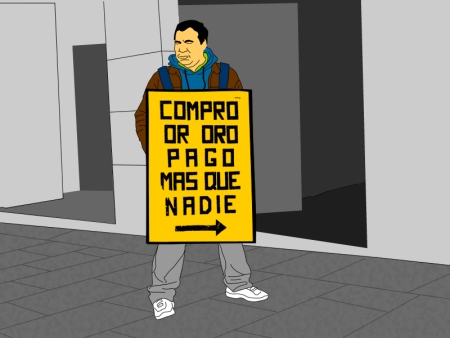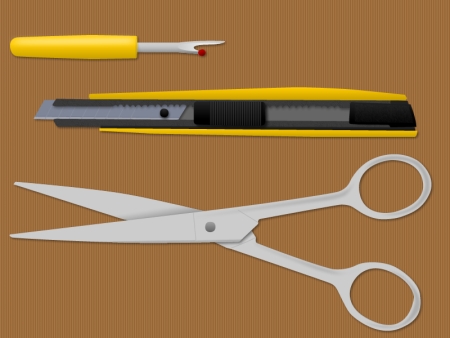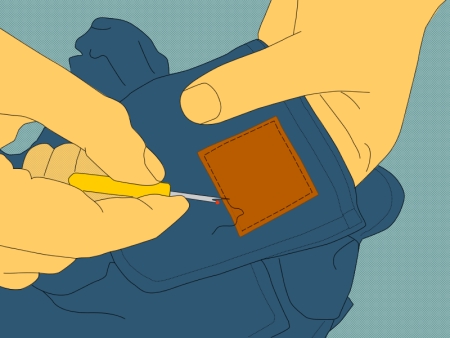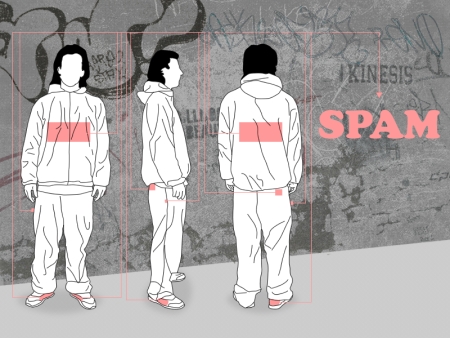Large corporations generate outdoor advertising platforms and rent the best locations to launch messages into public space that encourage brand consumption.
Renting parts of public space is a business for many: municipalities, outdoor advertising companies and brands: a terrace bar here, multicolored parking areas everywhere, new “public” bicycles for renting, billboards, tarps covering buildings selling whatever … any excuse is good to take advantage of public space.
These companies sell these products as follows:
- strategic locations.
- Excellent presentation.
- Maintenance and inspection of all media.
- Impact 24h (illuminated billboards).
- Vision Support 100% front (perpendicular to traffic).
Therefore, a billboard is valuable because its high visibility in the public space. Price differences vary depending on the quality of the billboard (size, location…) and the ammount of them contracted.
But are billboards the only advertising systems that we face out there? Obviously not. When we buy a garment that meets our needs, we often accept that their brand is in a clearly visible place. Even some people buy clothes based on the visibility of the brand.
This practice reminds us of the human billboard, an advertising technique whereby a person carries advertising on its body.
His mission is strolling with their advertising, and distributing promotional memes. Its greatest value is obtained when transiting through relational areas such as those of work and leisure. Previously they were financially remunerated. Today, people pays for becoming one of them. Again, marketing 2.0 developed by users.
This kind of advertising is set up on all products to be used in public spaces, such as laptops, cars, school backpacks …
To avoid free advertising to brands, we propose 2 solutions:
Solution 1: Debranding
- Do not buy products that may meet our needs but, also try to use us as “billboard people”
- Buy products that do not show off his trademark.
- Buy products that, while taking the brand visible, this is easy to hide or remove.
Debranding is a term that intend to coin an attitude: We can succumb to the charms that a brand can offer, but in no way are we going to do free advertising for them. Removing or covering the brand, it becames a generic product, according to our anti advertising principles.
To remove labels sewn and embroidered in clothing and accessories we need:
Remove wires, cutter, scissors or any sharp tool.
With patience, you remove all visible labels on your clothing and accessories.
Labels that cannot easily be eliminated with the previous method, can be modified in several different ways:
Stickers, badges, patches, or stepping on the flag with a design we are also very effective tool.
Solution 2: Individual advertisement
As we have seen before, a person in public spaces may offer similar benefits, if not better.
Therefore, billboards and people would be comparable as external support available for the positioning of advertisement. What about prices? If brands have to pay to exhibit in the public space on static media, why should not do it on dynamic media such as people? Prices for advertising in public space are;
| MUPI (illuminated billboard) | 0’079 euros per day per cm2* |
| Billboard 8×3 metres | 0’0065 euros per day per cm2* |
| (*Prices estimated approximately) | |
What would an avarage pedestrian cost?
| Example | |
| Sports shoes | 86 cm2 |
| Pants | 16 cm2 |
| Jersey | 300cm2 |
| Total | 402cm2 |
| Price of a mupi cm2 | x 0′079 € |
| Total by day | 31′76 € |
| Total by monyh | 952,8 € |




